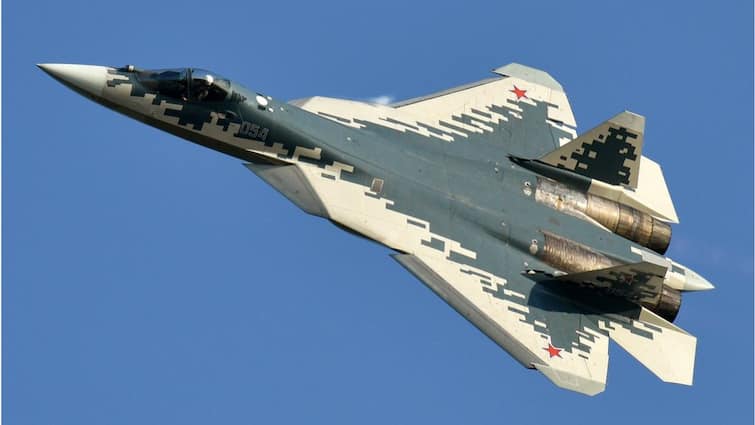Russia Proposes Advanced Su-57E Fighter Jet to India Amid Rising Tensions with Pakistan
Russia Offers Su-57E Fighter Jet to India Amid Heightened Tensions
Following recent escalations in tensions between India and Pakistan, discussions surrounding fifth-generation fighter jets have gained significant traction. Against this backdrop, Russia has once again presented India with an opportunity to procure the export variant of the Su-57E, which is a fifth-generation fighter jet. A key aspect of this offer emphasizes the localization and integration of Indian systems, aligning with India’s strategic objectives in defense technology.
Key Features of the Su-57E
The Su-57E is renowned for its state-of-the-art capabilities typical of fifth-generation stealth fighter jets. Some notable features include:
- Stealth Design: The aircraft boasts a sleek design that minimizes radar detection, enhancing its survivability against enemy defenses.
- Advanced Weaponry: It can carry R-37M missiles capable of reaching targets up to 400 km away, making it a formidable adversary.
- High Maneuverability: With thrust vectoring engines, the Su-57E offers unparalleled agility in combat.
- Combat Versatility: The jet is designed for both air-to-air and air-to-ground missions, positioning it as a multi-role aircraft suited for a variety of operational environments.
The Technical Pact: Ensuring Compatibility with India’s Super-30 Program
The Su-57E proposal leverages the technological framework of the Super-30 jets, which are upgraded versions of the Indian Air Force’s (IAF) Su-30MKI fleet. The integration of Gallium Nitride (GaN)-based Active Electronically Scanned Array (AESA) radar and Indian-developed mission computers into the Su-57E is noteworthy. This approach not only enhances the fighter jet’s capabilities but also ensures operational synergy with the existing Super-30 fleet.
Key benefits of this integration include:
- Increased operational efficiency by streamlining maintenance and logistics.
- Augmented combat capabilities through the integration of indigenous air-to-air and air-to-ground munitions.
- Reduced dependency on foreign suppliers, supporting India’s ‘Make in India’ initiative.
Are the Benefits Worth It? Analyzing the Strategic Opportunity
Evaluating the offer of the Su-57E raises the question: Is this a beneficial deal for India? The advantages of the aircraft seem significant, particularly in light of the ongoing security challenges India faces in its region. The tension with Pakistan, especially following Operation Sindoor, highlights the urgent need for advanced aerial capabilities.
Some considerations include:
- Technological Edge: Acquiring advanced technology such as GaN-based AESA radar could significantly enhance IAF’s situational awareness and combat effectiveness.
- Alterations for Custom Needs: Russia has indicated that India can modify the Su-57E per their requirements, even offering to provide source code and technology, which lays the groundwork for indigenous upgrades and modifications.
- Strengthening Economic Ties: This deal could bolster the long-standing defense relationship between Russia and India, creating employment opportunities in defense manufacturing within India.
Conclusion: A Step Towards Self-Reliance
As India seeks to enhance its defensive posture amid increasing regional threats, the offer of the Su-57E comes at a crucial time. By focusing on localizing technology and integrating indigenous systems, India could make significant strides towards self-reliance in its defense sector. The integration of such advanced combat capabilities will not only bolster the IAF’s operational readiness but also signal a commitment to achieving defense manufacturing autonomy.
Read More: For a deeper understanding of global fifth-generation fighter jet capabilities, including comparisons with the American F-35 and India’s Advanced Medium Combat Aircraft (AMCA), explore articles that detail their specifications and strategic implications here.





